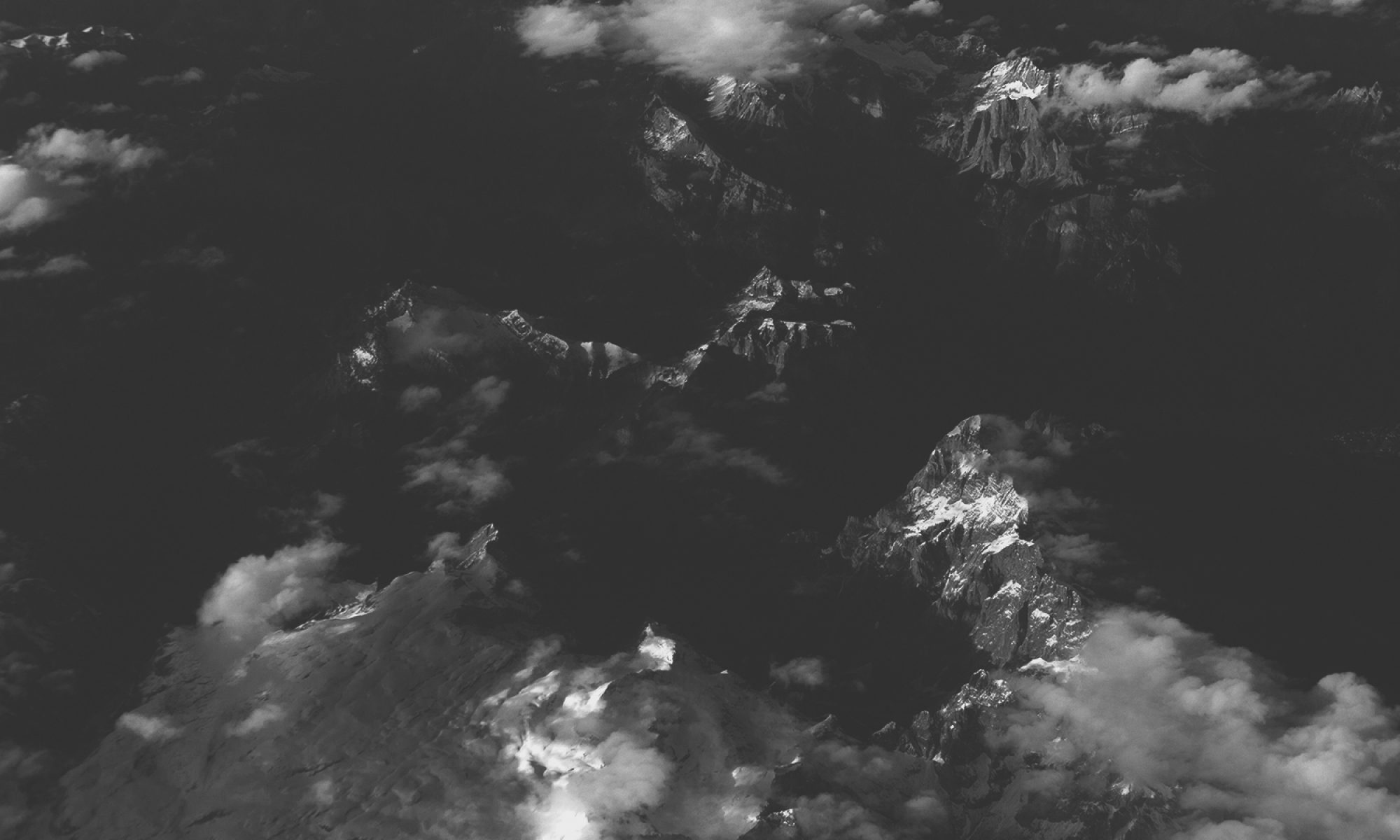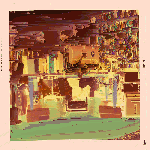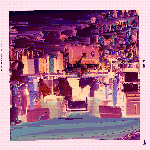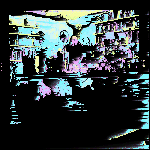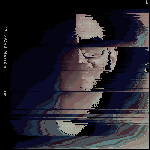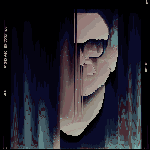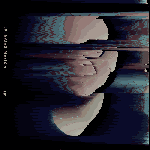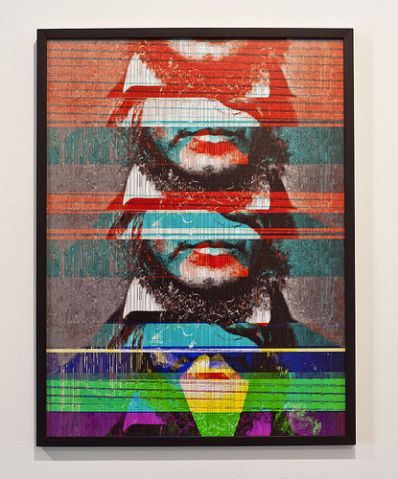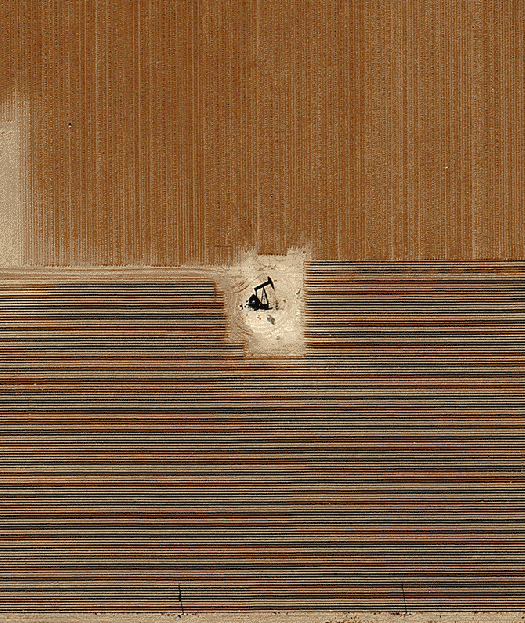WHAT
A series of photographs taken by Jonathan Worth of author Cory Doctorow are now available for you to remix, regenerate, and to make new art, especially in light of the themes and topics of his books.
Your challenge is to make something new out of the photos, or better yet, remix of someone else’s remix.
But we not only want you to make art, we want you to share the story behind it. Be sure to write up your work somewhere on the public web, license it under creative commons, tell the story of what it means or why you did it, cite the sources (e.g. links) to the image, and share how you made it. Here’s HOW to write up and share your remix.
This is a new experiment in public art, and a new way of thinking about digital media. Who could be a better figure than an author who releases all of his published works under creative commons license with an open invitation to remix? Jonathan explains more about this project
Phonar Students Go FTR
This week Jonathan Worth’s phonar class at Coventry University are tasked with going For The Remix:
Alan Levine and I have been rearing this one for over a year but the time has finally come around to set it free. You’re going to have to bring all of your Remix skilz to the table as well as your big brain contextual understanding – you’re going to need to read Cory’s booksand find out what the hell is grinding his gears.This week we’ve heard all about how Photojournalist Marcus Bleasdale’s collaborates in order to re-imagine his work and reach new audiences via new and unexplored channels, well that’s where we’re headed with this task. After you’ve read Cory and read about Cory you’ll use someone else’s images (mine) to hack,remix and transform into something awesome and for this Alan has rustled up a little space all of its own with some house rules and further instruction.
my remix!
I downloaded cory001.jpg /cory005.jpg film strips, chopped them to individual frames and stacked them in photoshop, colour graded using lookup tables, messed up the channels, exported the frames as animated gifs and pass them through Processing language, using Kim Asendorf’s ASDF Pixel Sort brilliant code (open-source), modified for gif file input version (open-source) from Sam Walker. The animated gifs below and the ones on my website are licensed under CC BY 3.0 which means you are free to use, share and remix! If you decided to remix drop me a tweet @joseph_kes or use hashtags #coryFTR #fortheremix. We ‘d love to see your remixes so submit here!
I am presenting these gifs in html+css as I feel they show better than just this blog post. Also, animated gifs usually are displayed by internet browsers.
You can view all 7 gifs at josephkesisoglou.co.uk/fortheremix
aGIFs
also check this on copyright/licensing copied from the unphotographable post
credit where credit is due…
I have been a supporter of Creative Commons for some time and use the licensing scheme for all of my published work. I am aware of the capacity for creation of the remix culture and appropriation, and always happy to see one using my photographs to enhance their story. What I have never done so far was to tap into the massive archives of online content. There are archives of music, sound, video, photographs and anything you can imagine licensed under more flexible terms than “All Rights Reserved” allows. Creative Commons is just the tip of the iceberg. It’s been around since 2001 (founded by Lawrence Lessig) and belongs to a network of license agreements, most software oriented (GNU GPL, BSD, MIT, ODbL, MPL), but all free. Richard Stallman, software freedom activist and computer programmer, argues the definition of “free as in freedom, not as free beer” (Gratis vs. Libre). In the same spirit Creative Commons has created variety of agreements than instead of reserving all the rights of the author on the work, are permissive. Think Creative Commons as pizza recipe. Attribution (abr. BY) is the base. The available toppings are as follows: Noncommercial (abr. NC) that blocks commercial use, No Derivatives (abr. ND) which doesn’t allow any derivative works, Share Alike (abr. SA) asks for sharing under the same conditions.Many creatives and artists have embraced the power of this way of licensing and internet companies too! Many user generated content websites have given multiple licensing options to the users, or better say producers of content, the most popular being Creative Commons. (YouTube and Vimeo, Soundcloud, Flickr / Freesound.org, CCmixter.org, Archive.org)
